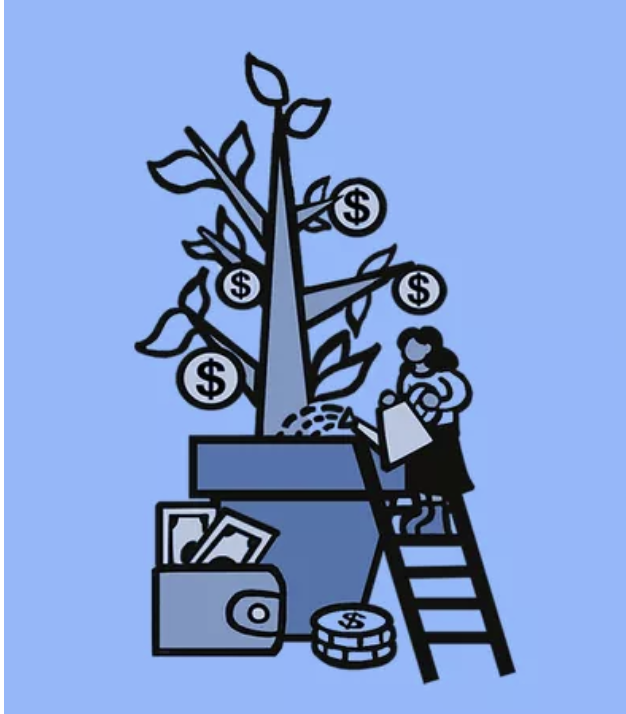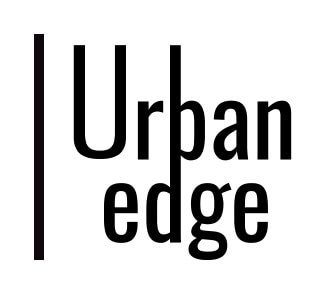In recent years, the personal finance market has undergone a transformation of historic proportions. Digital acceleration, shifting demographics, changing consumer expectations, and innovations in investment strategies have made personal financial management more accessible, efficient, and impactful worldwide. As we move through 2025, understanding the forces fueling the growing market for personal finance is essential for individuals, industry professionals, and policymakers alike.
Digital Adoption: The Foundation of Change
The rapid increase in smartphone penetration and internet access has provided billions with tools to take charge of their financial future. From digital wallets to automated investing, the expansion of financial technology (fintech) puts powerful resources at users’ fingertips. Millennials and Gen Z have especially driven adoption, favoring user-friendly apps that provide holistic oversight of savings, investment, and spending patterns.
Easy-to-use budgeting tools, robo-advisors, and micro-investing platforms have enabled people, even with limited funds, to start saving and investing. Automation features, such as round-up savings or scheduled transfers, help overcome behavioral barriers. These tools demystify complex financial decisions, giving users real-time insights and the ability to track progress toward goals.
Democratization of Investment
Personal finance is no longer the domain of the wealthy or financially sophisticated. Features like fractional shares, zero-commission trading, and global access to financial markets have broken down previous barriers. A young adult in Nigeria, an entrepreneur in India, or a gig worker in Brazil can now invest in global stocks, cryptocurrencies, or ETFs using a smartphone, often with minimal starting capital.
Education tools within apps, including interactive tutorials and gamified learning modules, are increasingly common. This supports new investors in building financial literacy alongside their portfolio, helping foster open, inclusive access to wealth-building opportunities.
The Rise of Personalized Financial Services
Artificial intelligence (AI) and big data analytics have enabled a new wave of personalized financial products. Algorithms can analyze spending, earning, and investment patterns to tailor recommendations for individuals. Personalized risk assessments, goal-based investment strategies, and AI-powered chatbots provide practical advice anytime, anywhere.
This customization makes financial planning less intimidating and more relatable. It encourages long-term thinking, helping users make decisions aligned with their values and life stages—whether building an emergency fund, saving for education, or planning for retirement.
Shifting Global Demographics
Demographics play a crucial role in the expansion of the personal finance market. The global middle class continues to grow, particularly in Asia and Africa. As disposable income rises, so does demand for investment products and financial planning services. Young, digitally native consumers are especially influential, demanding transparency, low fees, and socially responsible products.
The increasing participation of women in the workforce and their growing economic power are likewise reshaping financial services. Companies and fintech startups are introducing tools and campaigns tailored to women’s unique financial needs, addressing persistent gaps in earnings and wealth accumulation.
Financial Inclusion: Bridging the Gaps
A critical impact of the growing personal finance market is improved financial inclusion. Traditional banks often underserve rural or low-income populations due to logistical and profitability challenges. Digital platforms circumvent these barriers, lowering the costs and requirements to create accounts, move money, or invest. In regions like Southeast Asia and Sub-Saharan Africa, mobile money and fintech apps have helped millions join the formal financial system.
Governments, NGOs, and multinational organizations increasingly partner with fintech firms to promote financial education, responsible lending, and transparency. These collaborations are key to ensuring that technological advances do not exacerbate inequality, but instead serve as tools to reduce it.
The Expansion of Personal Finance Platforms
Financial “super-apps” are emerging, combining banking, payments, investments, insurance, and credit under one roof. Leading platforms now offer passport-style access to global markets, real-time insights, and even social features for sharing tips or celebrating financial milestones. For the growing number of digital nomads and cross-border workers, these apps provide essential flexibility and convenience.
Subscription-based financial wellness services, once the reserve of corporate employee benefits in advanced economies, are now available to consumers directly. These platforms use AI and human advisors to develop tailored financial roadmaps, promote positive habits, and even support mental well-being through financial coaching.
Regulatory Evolution and Consumer Protection
As the market expands, regulators worldwide are adapting to protect consumers and ensure orderly growth. Moves to tighten data privacy, promote transparency of fees, and require clearer disclosures of risk help safeguard individuals as they engage with new financial products. Simultaneously, innovation sandboxes and regulatory flexibility in some countries are encouraging responsible experimentation.
Staying abreast of global and local regulations is now an essential skill for both consumers and fintech companies. Trust remains a vital currency; firms that prioritize security, customer service, and ethical usage of data will continue to attract and retain clients.
Emerging Opportunities and Challenges
Looking ahead, the personal finance market will continue to evolve rapidly. Opportunities abound in areas like sustainable investing, integrated cross-border finance for a more globally mobile population, and AI-powered advisory for underserved groups. At the same time, challenges persist, including cyber threats, protecting vulnerable users from “finfluencer” misinformation, and ensuring that access translates into actual financial well-being.
Conclusion
The global market for personal finance is dynamic, diversified, and democratizing at an unprecedented pace. Consumers today have more tools—and face more choices—than ever before. For individuals, the key is to embrace education, experiment with new platforms responsibly, and seek advice when needed. For industry and policymakers, the imperative is to foster an ecosystem that balances innovation with trust, and inclusion with prudent oversight.
With the right mix of technology, education, and ethical stewardship, the growing market for personal finance can fulfill its promise: empowering billions to achieve security, prosperity, and financial independence in a complex world.


